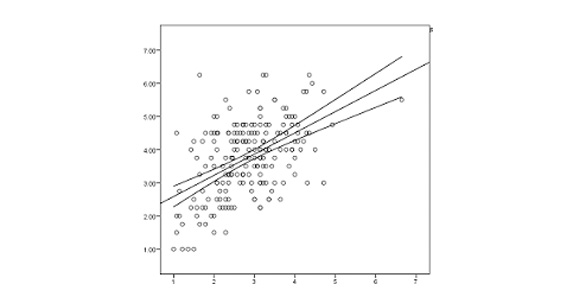“Quonundrums does excellent work, are incredibly strategic, and are terrific to work with. (Also, super-smart.)”
Theodore Lowe, Ap #867-859 Sit Rd, Azusa New York
We are available 24/ 7. Call Now. (888) 456-2790 (121) 255-53333 example@domain.com
Where Compelling Questions
Become Actionable Insights


“Quonundrums clearly knows their stuff and their process works well. We knew our project would be challenging from the get-go, and Quonundrums was willing to take extra steps to work with us as people and needs changed.”
Madrone Capital Partners
Partner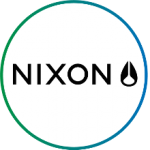
“There’s a point in making sure a company keeps its focus and priorities on the customer, where moving from intuition to incorporating empiricism is critical. We reached that point and Quonundrums was indispensable in connecting these two dots. Their expertise on the subject was some of the best I have seen in my 30-year career. Quonundrums’ process was also very effective because they involved many different functions and levels from the company which was a big factor in uptake and buy in.”
Nixon Inc.
CEO
“When we need to understand what is driving the behavior of our small business advertisers, we turn to Quonundrums. The team delivers the information we need to make our marketing programs more effective.”

“We worked with Quonundrums on both qualitative research and an extensive market segmentation. Seth and his team were extremely nimble providing great “counsel” to a young brand. The work they did was smart and most importantly insights from the research were immediately implemented.”
Craftsy
Steve Reinhardt, SVP, Brand Marketing
“Quonundrums is terrific and their research is well constructed and invariably impactful.”
WyshMe
Bruce Bower, SVP, Founder and Chairman
“Quonundrums does excellent work, are incredibly strategic, and are terrific to work with. (Also, super-smart.)”
DogVacay
Kerry Bennett, SVP, SVP Marketing


THE WHAT
Customers are your key to success.
Let’s get inside their heads.
So, what exactly does Quonundrums do? The short answer is we solve your research riddles. The longer answer is that we employ strategic market research techniques—during online, phone, mail, mobile, and in-person discovery—to uncover the research data and insights that will ultimately drive and support your business strategies.

QUANTITATIVE RESEARCH
- Survey Development, Programming & Fielding
- Data Modeling & Advanced Statistical Analysis (more)
- Competitive & Market Analysis (more)
PROJECTS
- Market & Customer Segmentation
- Usage & Attitude Studies
- Pricing, Conjoint & Advanced Analytic AnalysIs
- Brand Tracking
- Product & Concept Testing
- International Capabilities & Extensive Partner Relationships
THE HOW
One size never fits all.
We provide the services you want, and the people you need, in a way that makes the most sense.
We’re A Boutique, Not A Behemoth
Quonundrums is a small, savvy research team. That means we’re responsive, quick on our feet, and far more cost-effective than larger research firms. We’re able to provide one-on-one consulting. And you’ll work with the same team of people from start to finish.
Our No Cookie-Cutter Approach
At Quonundrums, we take the time to do things right. We delve into your questions and concerns. We design a research program specifically tailored to address them. And we deliver data and insights that help you realize your business objectives.
Small Jobs, Big Jobs, Any Jobs
We run a lean, mean research machine. But we also have relationships with other research firms and numerous independent consultants. So we can quickly assemble a team that’s the perfect size, with just the right skills to meet your particular needs.
THE WHO
A small team with big credentials.
Together, the Quonundrums team has over 59 years of experience.
(And, yes, we had to research that number.)
THE CLIENTS


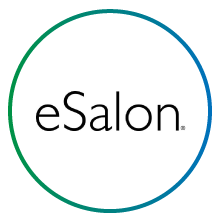
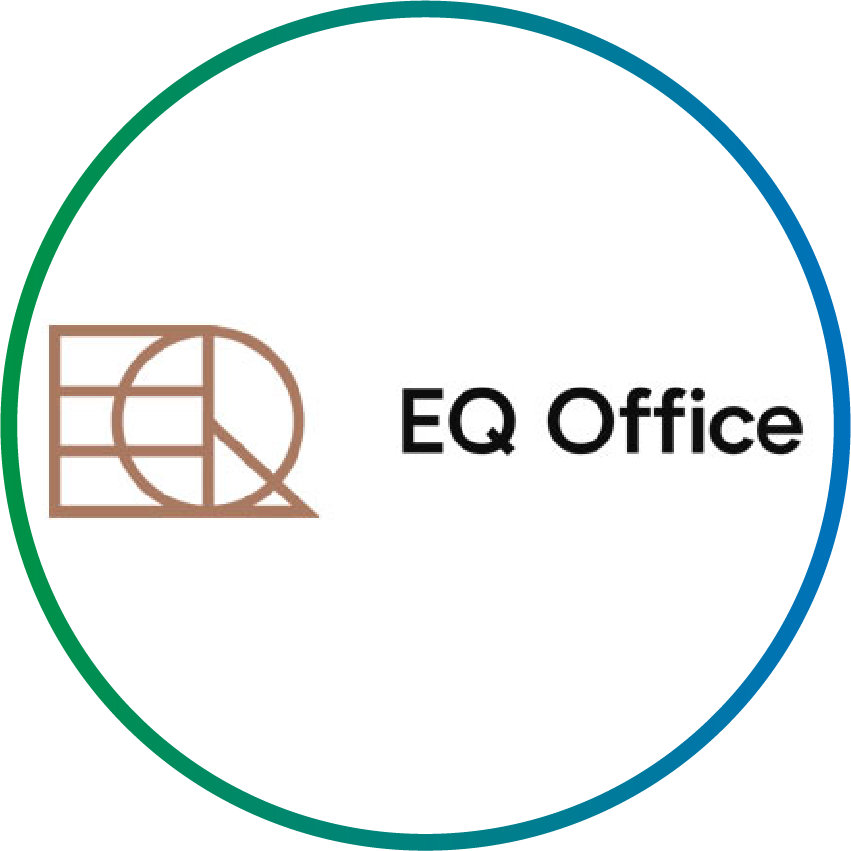




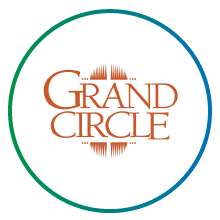

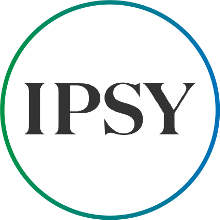

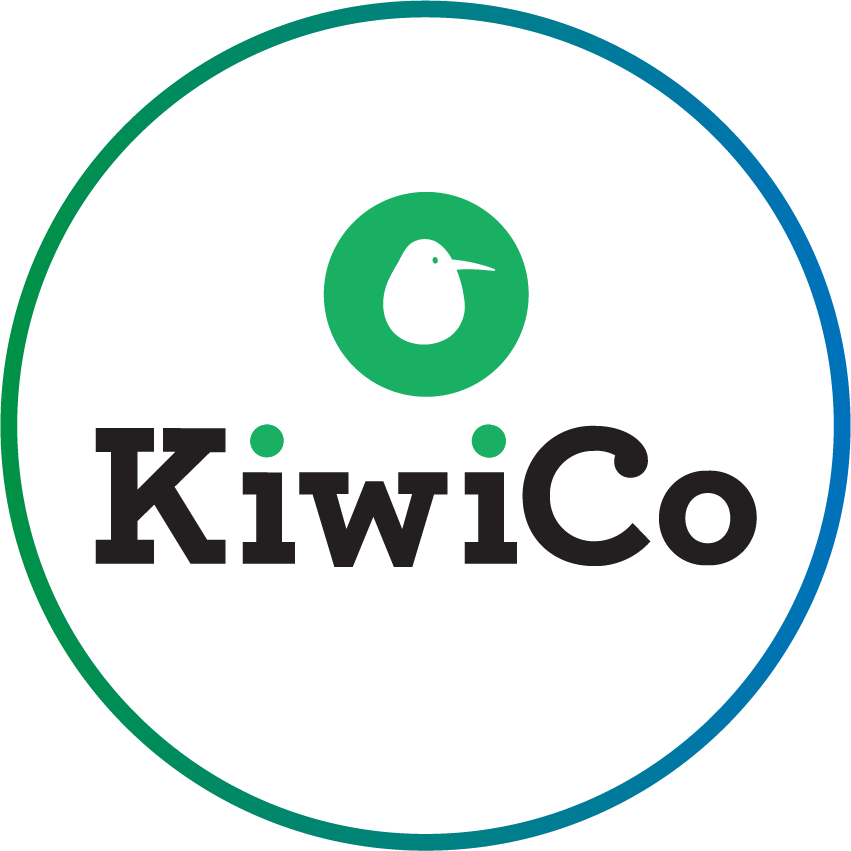
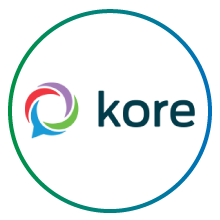
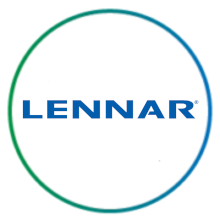
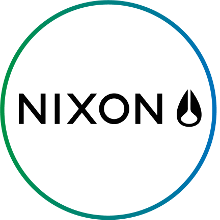
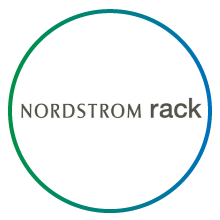
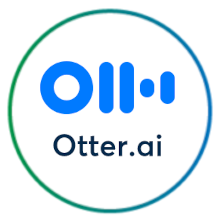
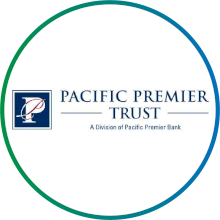
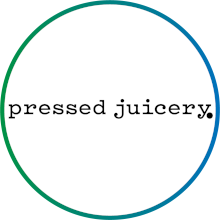
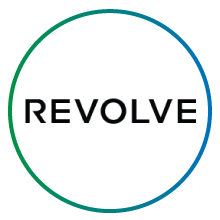
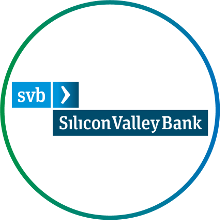



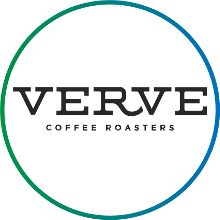
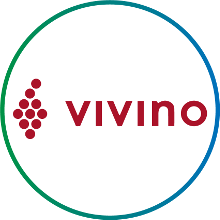


THE NAME
The question we’re most asked.
So, what’s with your company’s peculiar name?
In 2011, when Kimberly and Seth joined forces, they needed a name for their new venture. After applying their extensive research skills to unearth the perfect moniker for their company, and spending countless hours testing the options in front of focus groups, “Quonundrums” emerged as the clear winner. At least, that’s what we tell people.
The truth is that “Quonundrum” is an early spelling (from, like, 1780 or thereabouts) of the word “conundrum.” And since solving our clients’ conundrums is precisely what we do, we decided to run with it.

THE THINKING
Company Statistics












